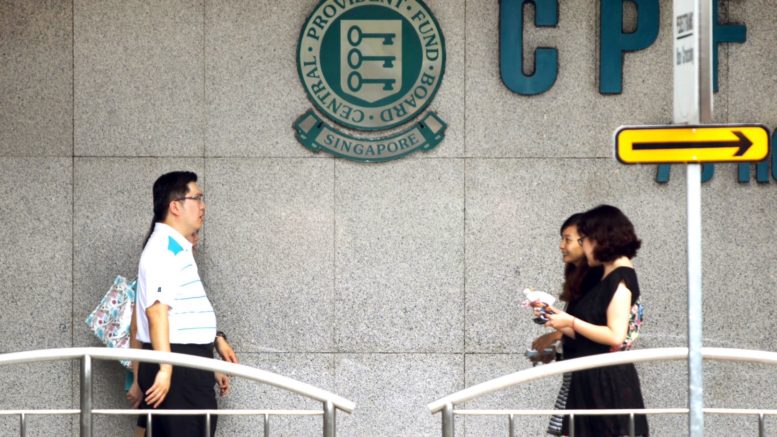The HDB 99-year lease is the mother of our problems – what about CPF?
I refer to the article “Australian pensions: Not so super” (The Economist, Aug 18).
It states that “In 1992 he made it compulsory for employers to set aside 3% of all but the very lowest-income workers’ wages. The payment has since crept up to 9.5%, and, by law, will rise further in 2021.
In 2014 the Grattan Institute, a think-tank, calculated that fees were more than three times the median for the OECD, a group of mostly rich countries. Administration fees have been falling, yet funds still cream off A$30bn annually, not far off what the country spends on defence.”
As to “With assets of about A$2.6trn ($1.9trn)” – does it mean that the administration fees are about 1.15% (A$30 billion divided by A$2.6 trillion)?
In this connection, since the excess of the annualised returns derived from our CPF funds, over the estimated weighted average interest rate of 3.5% on all CPF accounts, is estimated to be about 2.5% (6% GIC returns from its inception – 3.5%) – does it mean that in a sense, our ‘administration fees’ (returns kept by the Government) is more than double Australia’s (2.5% divided by 1.15%)?
According to the article “The not-so-super news about super” (Sydney Morning Herald, Jun 4) – “It’s costing Australians billions of dollars a year in poor returns and undue fees. At the individual level, the gouging and mismanagement means many are receiving final balances hundreds of thousands of dollars less than they should. The report says the average worker could be more than $400,000 better off by the time they retire if given the option to join one of the top 10 performing funds”.
Since we know that the current CPF balance is $376.6 billion – let’s make some assumptions…. historical annualised returns of GIC – 6.0 per cent… historical weighted average CPF interest rate – 3.5 per cent… start date of 1981 – the year GIC was formed
… historical annual increase in net CPF contributions less withdrawals – 4 per cent
Difference between 3.5 and 6.0% is about $123b?
From the above, computing the CPF balance now assuming 6.0 instead of 3.5 per cent, is estimated to be about $500 billion.
Does this mean that the “cumulative loss” of Singaporeans’ CPF may be about $123.4 billion ($500 billion at 6.0% – $376.6 billion balance now)?
And what about the loss to Singaporeans, from now into the future – as long as the CPF interest rates are much less than the actual returns derived from our CPF funds?
Underestimate?
The above may be an underestimate as Temasek started in 1974 (not the 1981 used in the computation), and also the CPF interest rates and returns derived from CPF funds in the early years, may have been higher than the assumed 2.5 per cent differential between 3.5 and 6.0 per cent.
Any Govt keeps pension fund returns?
Are there any national pension funds in the world that keeps so much of the returns derived from its citizens?
